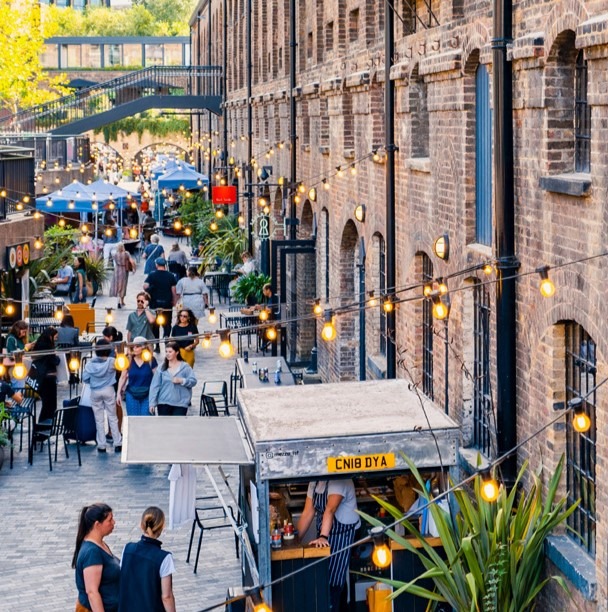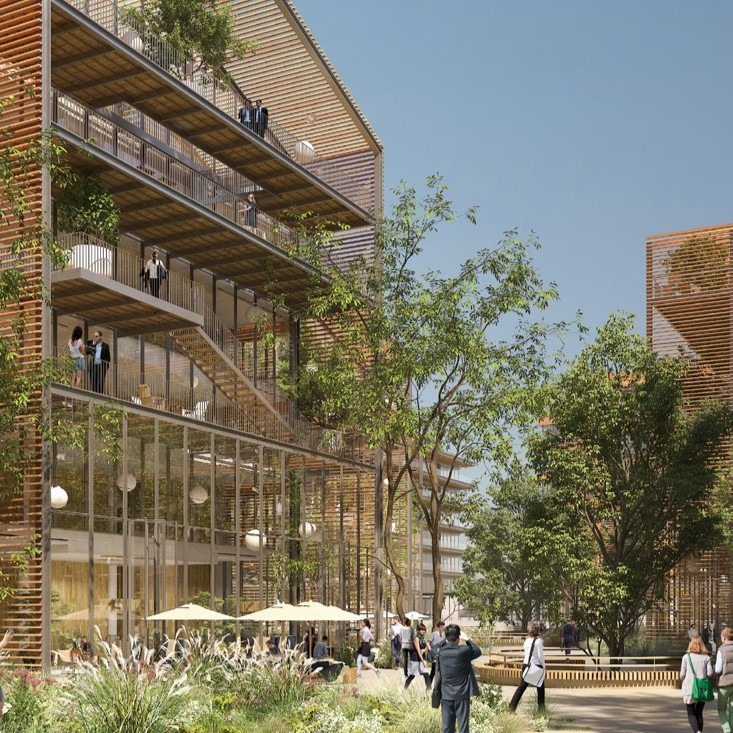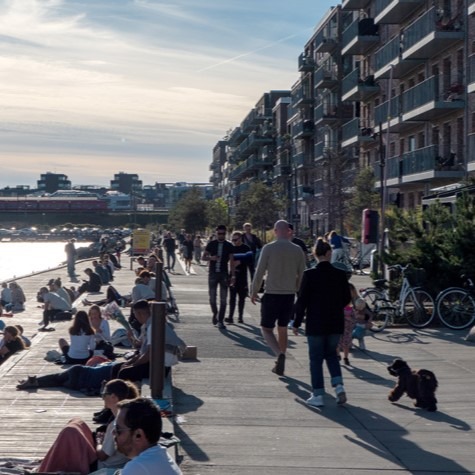What is urban regeneration?
Urban regeneration is best defined by four characteristics: if a project develops housing at a neighborhood or district scale, invests in infrastructure and place-making assets alongside the real estate, re-uses previously occupied urban land, such as abandoned industrial brownfields, and is designed around sustainability and resilience, it typically counts as urban regeneration.
While Europe sees some exciting urban regeneration projects evolving, the momentum is still cautious. In a field rife with misconceptions, our recent study provides a reset.
Private investors and developers can drive success
First, many investors see urban regeneration as a pure public-sector ‘play’. Many regeneration projects do benefit from strong public-sector leadership, but increasingly it is private investors and developers – collaborating effectively with city organisations – that are leading the way to success. Cities are set to benefit from more sustainable housing supply and vibrant neighbourhoods, investors are set to benefit from mid-teen returns. Recent examples include the Grandes Serres project in Pantin, Paris, combining 75,000 square metres of premium office space with affordable local retail and cultural amenities; and 6,000 mixed-income homes in Merwede Utrecht that benefit from up to 75% lower energy demand.
Supply and demand are strong
Second, many investors see urban regeneration as a niche field: something that works only in certain cities. In reality, this may just be due to unfamiliarity as mainstream institutional real estate investment models tend to focus on individual buildings across discrete asset classes (e.g. offices, retail, logistics etc) rather than a mix of real estate and infrastructure assets on a district scale.
However, this analysis shows that urban regeneration projects have potential to be one of the largest real estate and infrastructure investment opportunities in Europe. Demand for housing in attractive cities is soaring, as is the demand for mixed-use and alternative spaces, such as co-living developments or novel types of working spaces. Clearly, demand for new developments in central locations is strong. And so is the supply: 19,000 square kilometres of brownfield land – an area bigger than Beijing – and 200-300 km2 of empty office space are available to convert in attractive locations. Over the next 15 years or so, this is a €4 trillion investment opportunity with the potential for solid, mid-teen returns.
Urban regeneration delivers unique social and environmental benefits
Third, investors and sustainability communities alike often overlook the particular, positive social and environmental impact that urban regeneration can deliver. Such developments usually have a large share of new construction, which is still hard to decarbonize (especially its concrete content). But weigh this against the effect of urban sprawl. In many cases, an urban regeneration project will prevent virgin land consumption outside the city by a factor of 3 to 4, and reduce hard-to-abate material emissions by up to 50%. How does that work?
Attractive cities are growing – precisely because people want to move there. This move from towns and rural areas into larger cities has its own environmental benefits, not least by reducing people’s reliance on car journeys. Providing new mixed-use living and working spaces, in well-connected, inner-urban locations, makes improved public transport networks more viable and supports local businesses. Urban district-scale developments are also more suitable for clean and efficient energy solutions, such as district heating. And, counterintuitively for many, urban regeneration projects are also crucial for urban greening: it is usually not economically viable to turn a brownfield site into a green space, but when combined with real estate – which benefits from green space – the business case is there.
Urban regeneration is low risk – if done well
Fourth, and maybe most importantly, urban regeneration projects are relatively low risk – if done well. The majority of investors allocate ‘traditional asset classes’, such as offices, in their ‘core fund’ – the low-risk category. Urban regeneration isn’t even a defined asset class yet, and usually falls under ‘opportunistic’, or an undefined high-risk category.
This is an overly generic and short-sighted view. In the past 10 years, the risk profiles of real estate have changed dramatically, with many offices standing empty. Urban regeneration projects do face higher risks at the start, especially from construction delays due to disagreements with the planning authorities or failed engagement of local stakeholders; however, for well-executed projects, the long-term utilisation and yield are excellent. They also diversify income sources across multiple asset classes and infrastructure. In fact, we argue that well-designed urban regeneration is much more akin to infrastructure assets than opportunistic real estate.
Urban regeneration projects are a major – and majorly undervalued – opportunity for institutional investors who usually look for long-term stable returns, as well as private equity funds with a longer-term horizon.

Lunchtime near Kings Cross, London.

Grandes Serres, Paris

A stroll along the waterfront: Copenhagen’s Nordhavn development
Next steps for private finance
To unlock the opportunity, we suggest that institutional investors take these four steps:
